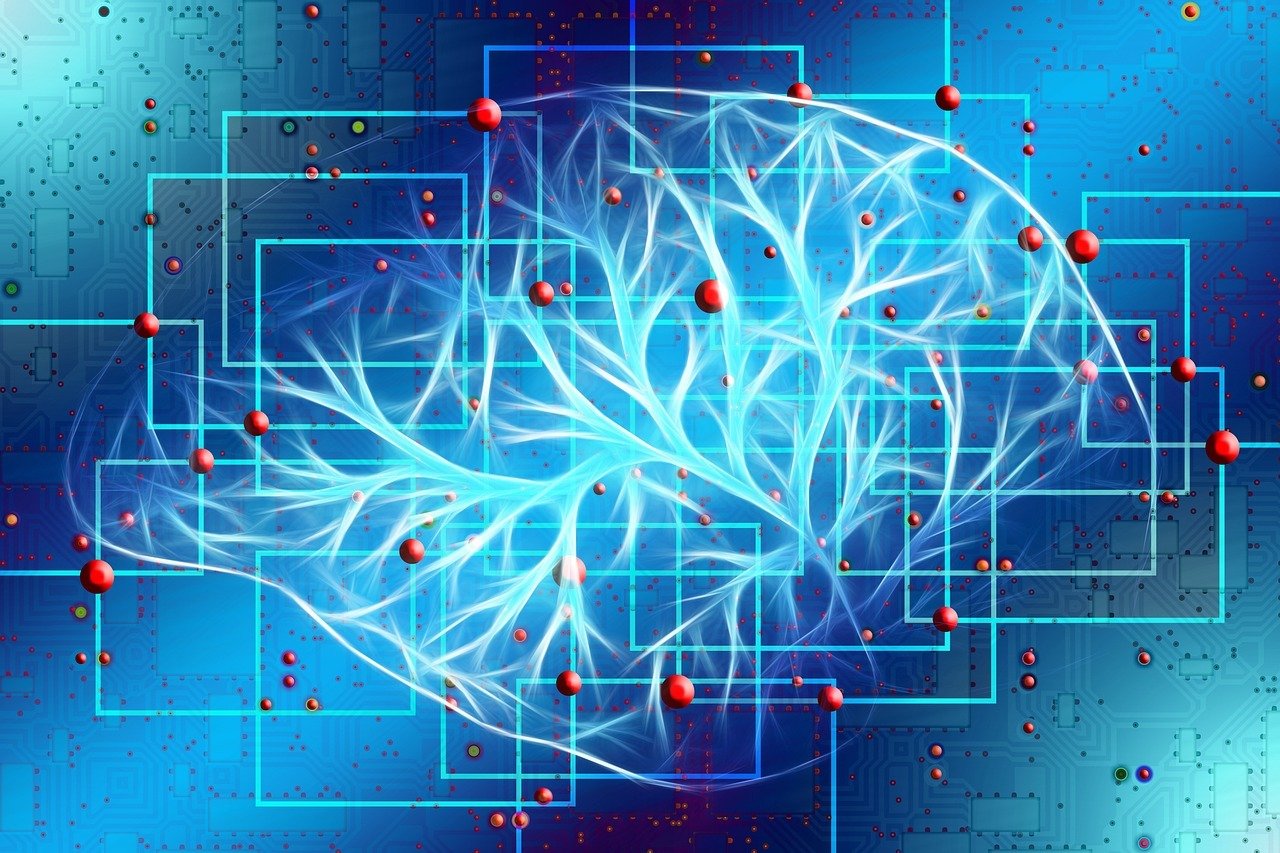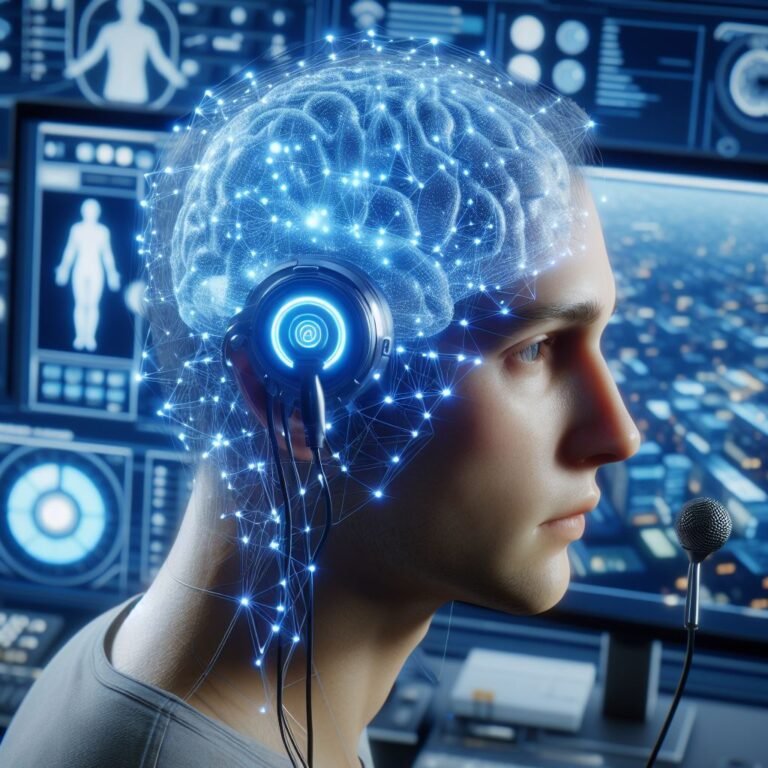The Future of Brain-Computer Interfaces
Brain-computer interfaces (BCIs) are rapidly advancing technologies that have the potential to revolutionize the way we interact with computers and the world around us. These interfaces establish a direct communication pathway between the brain and an external device, allowing for seamless integration of our thoughts and actions with technology.
One of the most promising applications of BCIs is in the field of medicine. Researchers are exploring the use of BCIs to help individuals with disabilities regain mobility and independence. By interpreting the electrical signals generated by the brain, BCIs can enable paralyzed individuals to control prosthetic limbs or even interact with their environment using their thoughts alone.
BCIs also hold great promise in the field of neuroscience. They provide researchers with a unique window into the inner workings of the brain, allowing them to study and understand its complexities in ways that were previously unimaginable. By decoding the neural activity associated with specific thoughts or actions, BCIs can provide valuable insights into how the brain processes information and controls our behavior.
Another exciting application of BCIs is in the field of virtual and augmented reality. Imagine being able to control a virtual character or navigate through a virtual environment using only your thoughts. BCIs have the potential to make this a reality, opening up new possibilities for immersive gaming experiences, virtual training simulations, and even therapeutic applications.
BCIs are not without their challenges, however. The technology is still in its early stages, and there are many hurdles to overcome before it can be widely adopted. One of the main challenges is improving the accuracy and reliability of the signals detected by BCIs. The brain is a complex organ, and deciphering its signals with precision is no easy task.
Privacy and ethical concerns are also important considerations when it comes to BCIs. As these interfaces become more advanced, there is the potential for them to be used for invasive purposes or to infringe upon an individual’s privacy. It is crucial that safeguards and regulations are put in place to protect the rights and well-being of individuals using BCIs.
Despite these challenges, the future of BCIs looks incredibly promising. As technology continues to advance, we can expect to see more sophisticated and user-friendly interfaces that will enhance our cognitive abilities and improve our quality of life. BCIs have the potential to transform the way we communicate, learn, and interact with the world around us.
Adding BARD’s thoughts on the matter
Brain-computer interfaces (BCIs) are devices that allow users to interact with computers and other devices using their brainwaves. BCIs are still in their early stages of development, but they have the potential to revolutionize many aspects of our lives.
One of the most exciting applications of BCIs is the restoration of function to people with paralysis. BCIs could be used to control prosthetic limbs, allowing people with paralysis to walk again. BCIs could also be used to control wheelchairs and other devices, giving people with paralysis more independence and mobility.
Another important application of BCIs is communication. BCIs could be used to allow people with paralysis to type, speak, and even communicate with their thoughts. This could help people with paralysis to stay connected with loved ones, participate in society, and even find jobs and careers.
In addition to restoring function and communication, BCIs could also be used to improve the quality of life for people with paralysis. For example, BCIs could be used to control entertainment systems, smart homes, and other devices, making life easier and more enjoyable for people with paralysis.
BCIs could also be used to treat a variety of neurological disorders, such as Parkinson’s disease, Alzheimer’s disease, and epilepsy. BCIs could be used to stimulate specific areas of the brain that are associated with these disorders, helping to reduce symptoms and improve quality of life.
BCIs could also be used to enhance human cognitive abilities. For example, BCIs could be used to improve memory, attention, and learning. BCIs could also be used to control external devices with the mind, such as drones and robots.
BCIs have the potential to revolutionize the way we interact with computers and other devices, and to improve the lives of people with disabilities. As BCI technology continues to improve and become more affordable, it is likely that more and more people will be able to benefit from it.
Here are some specific examples of how BCIs could change the future:
- A person with paralysis could use a BCI to control a prosthetic leg, allowing them to walk again.
- A person with Parkinson’s disease could use a BCI to reduce their tremors and improve their coordination.
- A person with Alzheimer’s disease could use a BCI to improve their memory and cognitive function.
- A student could use a BCI to improve their focus and concentration while studying.
- A gamer could use a BCI to control their character in a video game with their thoughts.
BCIs have the potential to improve our lives in a number of ways. As BCI technology continues to improve and become more affordable, it is likely that more and more people will be able to benefit from it.







